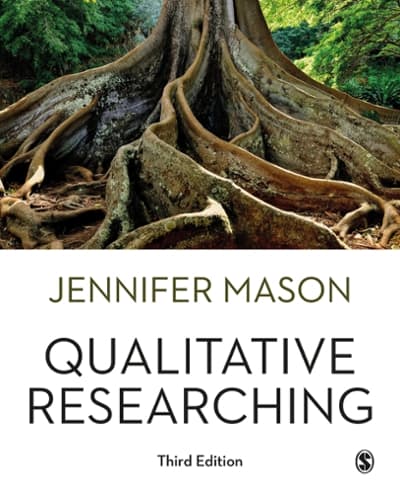Question
Please identify the problem gap, purpose statement (including the proposed study method and design), research questions (and hypotheses for the quantitative RQ), Population and sample
Please identify the problem gap, purpose statement (including the proposed study method and design), research questions (and hypotheses for the quantitative RQ), Population and sample (include proposed sample size, sampling technique and recruitment strategy), data collection (instruments and operationalization. and data analysis for the quantitative problem statement listed below.
Problem Statement:
The problem to be addressed was counselor trainees' (CTs) risk for counselor burnout and the need for simple tools that will maximize counselor effectiveness (Bardhoshi et al., 2019; Cook et al., 2021; Fulton, 2016; Johnson et al, 2019; Leonard et al., 2018; Yang & Hayes, 2020). Mindfulness practices encourage developmental growth in CTs while providing tools to avert counseling related stressors from turning into compassion fatigue or burnout (Reilly, 2016). However, most research has examined mindfulness in the context of therapeutic groups (Burnett-Ziegler et al., 2016; Goldberg, 2020; Klawonn et al., 2019). It has been well established that mindfulness practices are especially useful in treating depression, anxiety, trauma, and stress (Burnett-Zeigler, 2016; Fulton et al., 2015; Reilly, 2016). Researchers have discovered that the stress levels of graduate students in the mental health field are greater than those of graduate students in purely academic fields and can impact on a students' mood, well-being, and decision-making skills (Dye et al., 2019). Some counselor education programs introduce one-term courses on mind/body wellness and the use of mindfulness as a form of self-care, but there are only a few examples of these practices being integrated into core coursework as a daily or weekly regimen (Dye et al., 2019).
In research on mindfulness practices of CTs experiencing mindfulness coursework, Fulton (2016) found 62% reported having a personal mindfulness practice consisting of mostly yoga, occurring less than weekly. Johnson et al. (2019) found that 30.8% of CTs reported no personal mindfulness practice, 25.3% reported a personal mindfulness practice less than once a week, 27.5% engaged in a personal mindfulness practice one to three times per week, and 16.5% reported engagement in a personal mindfulness practice four or more times a week. Neither of these studies explored the impact of the practice on the lives of the students. With evidence that a mindful state is beneficial to counselor development (Arslan, 2016; Reilly, 2016), counselor self-care (Arslan, 2016; Coaston & Lawrence, 2019), and the counseling process (Fulton, 2016; Johnson, 2019), research was needed to investigate mindfulness as an independent or personal self-care practice among mental health counselors. Also, the relationship between type and frequency of mindfulness practices and levels of mindfulness and emotional empathy should be investigated.
Step by Step Solution
There are 3 Steps involved in it
Step: 1

Get Instant Access to Expert-Tailored Solutions
See step-by-step solutions with expert insights and AI powered tools for academic success
Step: 2

Step: 3

Ace Your Homework with AI
Get the answers you need in no time with our AI-driven, step-by-step assistance
Get Started


